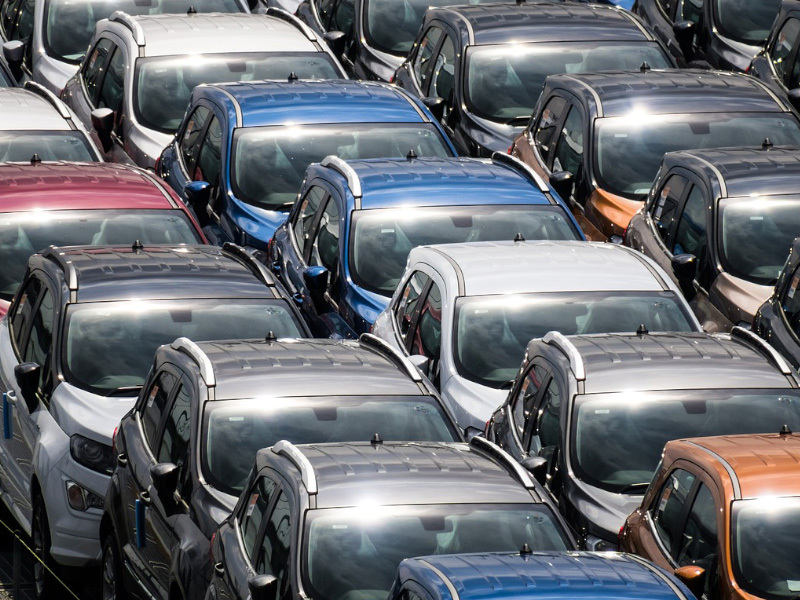TREMOVE LOT 1-2-3
2.03 / 2.10 / 3.13 / 3.26 / 3.36 / 04.19 / 4.20 / 4.21 / 4.22 / 4.23 / 4.24 / 4.25
From 2004 to 2006
TML supported the IPTS in a study on Integrated Product Policy, aimed at reducing the environmental impact of vehicles during their life cycle. This study extended the TREMOVE model and tested policies such as subsidies for scrapping older vehicles, leading to significant CO2 and NOx emission reductions and valuable insights for sustainable policy.
This study supported IPTS in their research work on Integrated Product Policy (IPP) or product-integrated policy, adopted by the European Commission in June 2003. IPP tries to reduce the environmental impact throughout the life cycle of a product through economic instruments.
Furthermore, the study contributed to policies on sustainable consumption and production, more specifically on the energy efficiency of vehicles. In practice, this means that the TREMOVE model was extended to include a materials database to estimate in detail the waste streams of end-of-life vehicles. TREMOVE was further developed to include endogenous end-of-life decisions. Two policy types were tested: a bonus-malus system (similar to the ecoscore) and subsidies for scrapping older vehicles.
Bonus-malus system
A bonus-malus system proved to be a good market instrument to steer consumers towards more fuel-efficient vehicles. In the case examined in this study, the average CO2 level of newly sold vehicles is about 7% lower when a bonus-malus system is used. This refers to a subsidy-tax spectrum of 500 euros subsidy to 1,800 euros tax for the average vehicle category, depending on the CO2 level of the car.
Subsidies for scrapping older vehicles
The study showed that a scrappage subsidy can successfully accelerate the penetration of new, more environmentally friendly vehicles and provide an economic boost to the automotive industry. A €2,000 subsidy causes sales growth of 25% over the period of the scheme, with the greatest effect in the first year. The policy causes a maximum emission reduction of 2.5% for CO2, 18% for NOx, and 10% for PM at the beginning of the programme. The effect decreases over time as the rate of fleet renewal slows down after the introduction of these subsidies, as sales fall over time. In this sense, a scrap premium accelerates the downward trend in emissions (NOx, PM) and slows down the increase in emissions (CO₂) only by a few years.
The level of subsidies determines the success of the policy, but also the cost to the government due to accumulated subsidies. These subsidies must be offset by other taxes if the government wants to maintain the same profit-loss ratio. A subsidy scheme of €2,000 per end-of-life car for EU 27 could cost several billion euros in scrap premiums.
Combination
A combined policy of a scrappage premium with a bonus-malus system links the positive aspects of both policy options. The total CO2 reduction with a €1,000 scrap premium combined with a bonus-malus system is greater than with a policy with only a €2,000 scrap premium. On top of this, the system where revenues from the bonus-malus system are used to (partly) pay for the scrap premium can be cheaper for the government.


